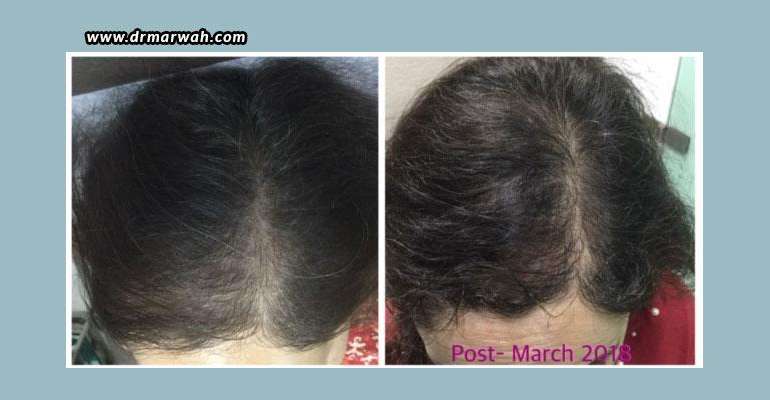Is your skin with dark spots and patches bothering you? It’s possible that you’re experiencing pigmentation on your face. Pigmentation, also known as hyperpigmentation, refers to the darkening of the skin’s outer layers in the form of dark spots, patches, or a general darkening. Melanocytes are pigment cells that generate melanin, a pigment that is equally distributed throughout the skin and gives us our typical colour.
At any time in our lives, we can experience skin darkening due to a variety of external and internal factors. UV radiation or sunshine is the most prevalent external source of pigmentation, and hormones, particularly in women, are one of the most prominent internal causes. Any of these elements has the potential to increase the number of pigment cells in the skin or even trigger them to create more melanin.
What Are the Different Types of Hyperpigmentation and What Causes Them?
1. Sun Spots/Age Spots
They are the brown dots that appear on your skin as a result of sun exposure or ageing. The lighter your skin tone, the more likely you are to develop these.
2. Scars from Acne
When a pimple heals, it may leave a mark on your skin, which may be caused by an excess of melanin in one area, resulting in acne scars.
3. Post-Inflammatory Hyperpigmentation (PIH)
This is the temporary hyperpigmentation that develops when the skin is inflamed as a result of an injury or wound.
4. Melasma
This is the condition that causes brown discoloured patches on the face. These symmetrical patches (which appear on both sides of the face) are caused by stress, hormones, thyroid diseases, or during pregnancy.
Acne scars, PIH, and melasma all cause hyperpigmentation, which is more common in darker-skinned people (so don’t pop those pimples!).
If you have pigmentation, you should look for a comprehensive and holistic solution to your problem. There are many different types of products, including topically prescribed medications and chemical peels, that when combined can help us get rid of your superficial pigmentation. Ideally, they should be customised for you by your dermatologist after a thorough evaluation of your specific needs.
Protecting your skin with sunscreen with an SPF of 15 to 30 (or even higher) is essential, but how you apply it is even more crucial. Sunscreen should be applied in a thin film across the face and exposed areas of the body and then left on for 15 to 20 minutes to allow it to settle in; if you sweat a lot, you may need to reapply every two to four hours; and, of course, you should apply sunscreen even if you’re indoors because ultraviolet radiation or even visible light can harm you. To keep your skin clean, follow a good cleansing routine. Choose a cleanser that is suited for your skin type. Omega-3 fatty acid-rich foods, such as fish and shellfish, and bowel relax this stress and fill your lives with positive energy.


